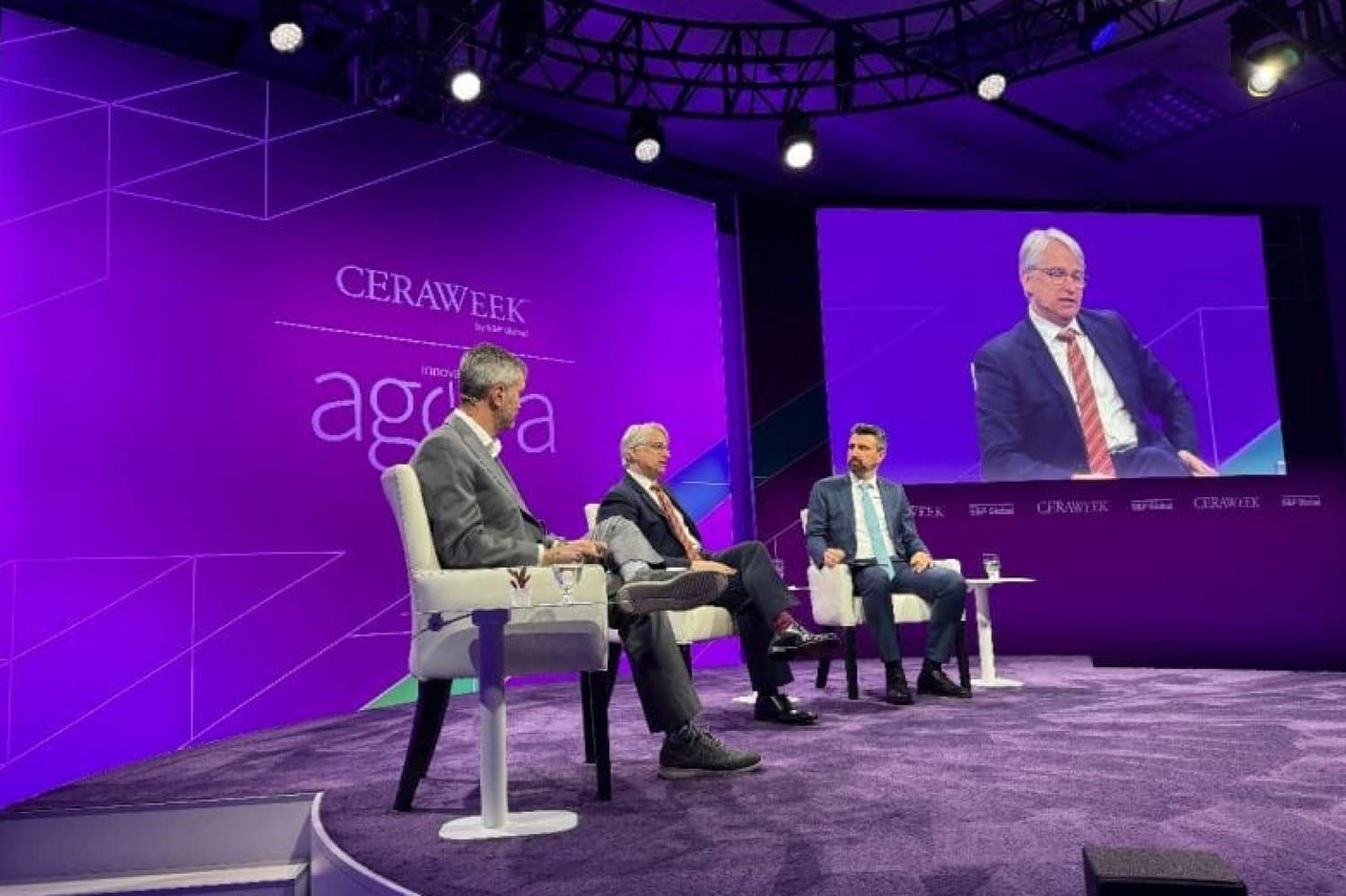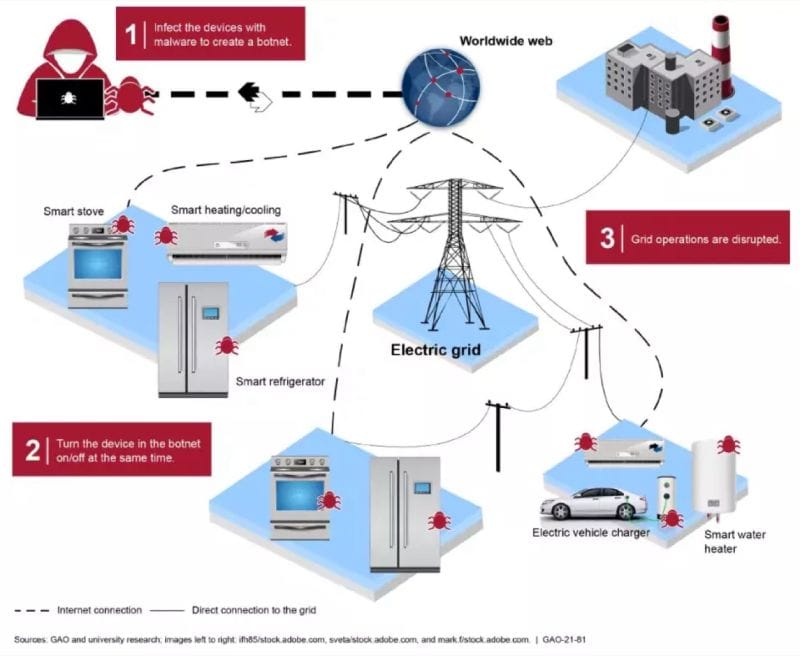
Safeguarding Power Infrastructure in an Era of AI
How do you safeguard power infrastructure amidst the age of AI? Get valuable insights from the trailblazers at CERA Week 2024. Don't miss out!
During the recent discussions at CERA Week 2024 in Houston, USA, one critical issue took center stage: "Infrastructure as a Weapon." In light of our current geopolitical landscape, this matter has become a genuine cause for concern.
Several industry figures, including C. Kelly Bissell, Corporate Vice-President of Security Services at Microsoft; Tony Dahbura, Executive Director of Johns Hopkins University Information Security Institute; and İhsan Erbil Bayçöl, CEO of Enerjisa Uretim, engaged in enlightening conversations. The focus was on the crucial task of safeguarding our Power Infrastructure amid the escalating threat posed by generative Artificial Intelligence (AI) open-source capabilities.
The era of relying solely on deterministic protection mechanisms, similar to constructing the highest possible cyberwall, is fading. Technology evolves, and threats become more sophisticated. Consequently, cybersecurity strategies must adapt accordingly. We now find ourselves in an epoch of probabilistic detection, response, and protection – analyzing patterns, behaviors, and probabilities to identify potential threats or anomalies, where speed is paramount to effectiveness, much like fortifying our power infrastructure with an immune system that isolates the threat and minimizes the impact.

AI, and its ability to handle complexity, naturally aligns with generative AI networks, initially conceived under the auspices of adversarial AI – where AI systems compete or work against each other. It's evident that securing our critical infrastructure will likely involve leveraging Discriminative Networks for systems or models to effectively differentiate between different types of data or patterns, enhancing the security of critical infrastructure – an approach necessitated by the deployment of Discriminators, components responsible for making decisions based on the distinctions made by the discriminative networks, thus enhancing the security of critical infrastructure.
Key takeaways from the insightful discussion include:
- AI as a Pilot Assist: Utilize AI as a navigator in anomaly detection to expedite security decisions.
- Cybersecurity as Research and Development (R&D): Treat cybersecurity as an ongoing R&D function, continually enhancing threat detection and response capabilities.
- Addressing Technical Debt: Recognize and mitigate technical debt, as vulnerabilities often stem from outdated systems and sensors.
- Fostering Collaborative Networks: Cultivate alliances with universities, power industry peers, OEMs, software providers (e.g., Microsoft), and startups, fostering knowledge exchange and learning from industry experiences.
- Building Attack Teams: Establish specialized teams to scrutinize internal vulnerabilities and cultivate talent promptly, recognizing the scarcity of expertise in the market and the imperative to nurture in-house capabilities.
While these insights highlight a challenging era, they also signal a promising one – where the development of responsible AI takes precedence. At Aboitiz Data Innovation (ADI), our commitment to leveraging AI and data science in the power sector resonates deeply with the ethos for the betterment of society and the development of more inclusive, sustainable communities globally. Through innovative, responsible AI utilization, we aim to augment human capabilities and pave the way for a brighter, more secure future.


